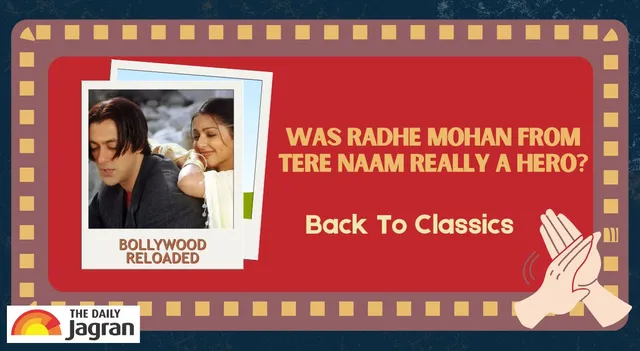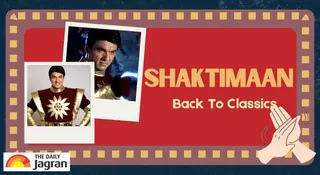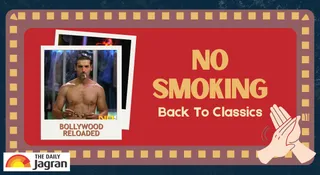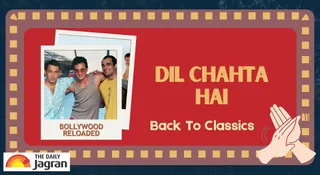- By Tapapriya Dutta
- Fri, 03 Oct 2025 02:23 PM (IST)
- Source:JND
Salman Khan and Bhumika Chawla starrer 2003 movie Tere Naam was a tragic romantic story that struck a chord with many youngsters at that time. The movie centred around a jobless rowdy, Radhe Mohan. Despite his violent nature, he had a softer side, which drew him towards an innocent fresher, Nirjara. Showing off his machismo was his style in college, but he started detaching himself from it after he realised the timid religious girl disliked the violence. When he suddenly proposed, shocked Nirajara said no initially.
Heartbroken Radhe Mohan was unable to cope with his feelings, after which he abducted Nirjara and confessed his feelings all over again. This time, she understood him as she started falling for him after hearing good things about him. However, the tragedy hit Radhe Mohan as he was attacked by local goons, leaving him with memory loss. He was taken to an ayurvedic asylum. Nirjara's devotion played a major part in his recovery. But fate turned out to be more cruel when Nirjara was asked to marry her fiancé, Rameshwar, but she chose death instead. The story seemed tragic back then, especially because of Radhe. If it were made today, do you think he would have been idolised the same way?
The Gen Z Perception Of Radhe Mohan’s Love
Back in 2003, Radhe Mohan was seen as a hero whom every man emulated, while female audiences desired a partner like him. But after 22 years, Radhe Mohan seemed to be a toxic man who did not know even how to propose to a girl.
Recommended For You
Why so? While proposing, Radhe said to Nirjara, ‘agar tumhari pitaji ne ana kani ki toh khule haath se kan ke niche unke gardan par ek karara chamat marunga, shaddi ke das din baad uthenge’ is nothing but showing male chauvinism and toxicity. It does not end there. When he could not bear the pain of rejection, he abducted Nirjara like a kidnapper, tying her hands and legs, so that he could express his feelings the way he wanted to. Well, his male chauvinism had no end; he even tried to raise his hand at Nirjara.
Also read: The Rang De Basanti Revolution: Why The 2006 Classic Resonates With Gen Z Activism Today
-1759481101838.jpg)
Why Radhe Mohan Is Unacceptable As A Real Hero In This Generation (Image: Canva/X)
Also read: Love Without Apology: Why Red, White & Royal Blue Matters Today?
Why Would Modern Audience Have Perceived Radhe Mohan Differently?
This generation classifies such violent actions of Radhe Mohan as a red flag man. The traits that were glorified back then resemble the same toxic masculinity later criticised in movies like Kabir Singh and Animal.
No wonder if Tere Naam were released today, Radhe Mohan wouldn’t be glorified as a tragic lover but rather a problematic man. A jobless man with aggression and raging habits and an unhealthy obsession with a girl who declined his proposal. Nirjara was right when she rejected Radhe’s proposal and called him ‘gunde’ and ‘mawali’. But unlike any other timid and innocent girl shown in Hindi movies, she fell into the trap of Radhe’s constant proposals and the influence of good words said about him by Rameshwar and her elder sister.
This generation has a better understanding of films. Yes, there might be differences of opinion between people, but at least there are debates about what is right and wrong in films. Back in the early 2000s, people would hardly have understood that cinema is the strongest medium of influence. In those days, it was easy to influence people with a hero’s style and charisma. It happened with Tere Naam also, men started copying Radhe Mohan’s hairstyle and tried to display the same personality in public places. Years later, rewatching the movie forces us to question whether we should consider classic films like Tere Naam as a celebrated tragic love story or a glorified toxic masculinity wrapped in tragedy.



-1764518022892_m.webp)

-1762416549292_m.webp)
